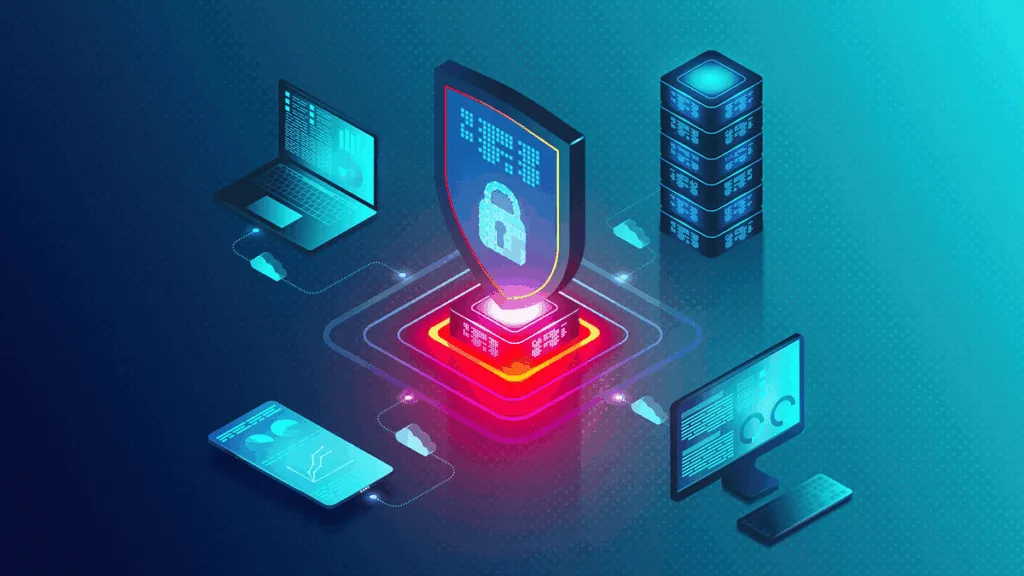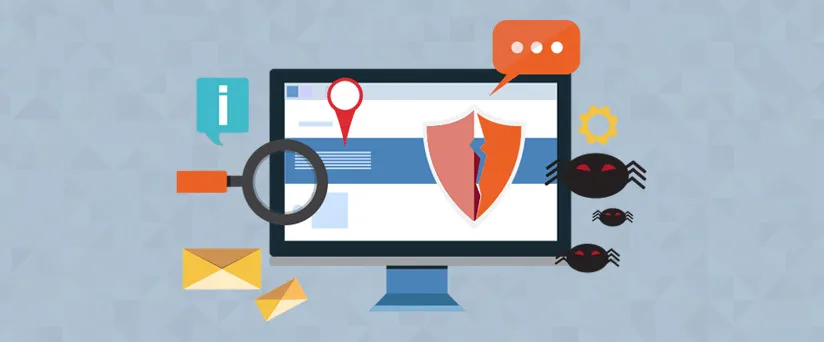
Grasping the differences between network security, cybersecurity, and information security is key to effectively protecting data and systems. While each discipline targets a specific area of defense, they work hand in hand to create a strong, all-around security framework.
Network security focuses on maintaining the integrity and reliability of data within a network, cybersecurity shields systems from online threats, and information security safeguards the confidentiality, integrity, and availability of data. In this discussion, we’ll explore the definitions, key components, distinctions, and practical solutions within these three security domains.
What is Cybersecurity?
Cybersecurity is the practice of using technologies and processes to protect internet-connected systems—such as hardware, software, and data—from cyberattacks. It focuses on defending against threats like malware, phishing, ransomware, and other malicious activities that target sensitive systems and information. Because cyber threats are constantly evolving, cybersecurity strategies must also adapt to address new risks. A well-implemented cybersecurity framework strengthens an organization’s overall security posture.
What is Network Cybersecurity?
Network cybersecurity focuses on safeguarding the integrity, confidentiality, and availability of data as it moves across and within networks. It uses tools such as firewalls, antivirus programs, and intrusion detection systems to block unauthorized access and ensure that data is transmitted securely.
What is Information Security?
Information security is the protection of data—whether digital or physical—from unauthorized access, disclosure, modification, or destruction. It ensures the confidentiality, integrity, and availability of information, regardless of how or where it is stored or accessed.
Information security’s essential components
- Confidentiality
Confidentiality is about ensuring sensitive information is only accessible to authorized individuals. It prevents unauthorized access through methods like encryption, strict access controls, and secure authentication systems, keeping data private and protected.
- Integrity
Integrity focuses on maintaining the accuracy, reliability, and completeness of data. It ensures that information cannot be altered without proper authorization, and that any changes are recorded. Tools such as hash functions, checksums, and digital signatures are used to detect and prevent unauthorized modifications.
- Availability
Availability ensures that information and systems remain accessible to authorized users whenever needed. It relies on strategies like system redundancy, failover mechanisms, and disaster recovery planning to minimize downtime, prevent data loss, and guarantee continuous access to critical resources.
Primary Differences Between Cybersecurity, Network Cybersecurity, and Information Security
Focus and Scope
- Network Cybersecurity: Specializes in securing data as it travels within and between networks, using tools like firewalls, antivirus software, and intrusion detection systems.
- Cybersecurity: Covers a wider range, protecting all internet-connected systems—hardware, software, and data—from various cyber threats.
- Information Security: Concentrates on protecting data in every form, whether digital or physical, ensuring its confidentiality, integrity, and availability.
Data
- Network Cybersecurity: Secures data in transit, ensuring it moves safely and securely through networks.
- Cybersecurity: Defends data from cyber threats, no matter where it resides.
- Information Security: Safeguards data throughout its entire lifecycle—from storage and processing to transmission—against unauthorized access, alteration, or destruction.
Threats and Solutions
- Network Cybersecurity: Faces risks such as unauthorized access, data breaches, and denial-of-service (DoS) attacks. These can be mitigated using firewalls, VPNs, and intrusion detection or prevention systems (IDS/IPS).
- Cybersecurity: Deals with threats like malware, phishing scams, and ransomware. Protection involves anti-malware software, strong encryption, and multi-factor authentication.
- Information Security: Encounters dangers including data breaches and unauthorized data alterations. Safeguards include encryption, strict access controls, and data loss prevention (DLP) methods.
Protection and Usage
- Network Cybersecurity: Concentrates on securing data within network infrastructure.
- Cybersecurity: Protects systems and data from a wide range of external cyber threats.
- Information Security: Ensures data remains confidential, accurate, and accessible across all storage, processing, and transmission environments.
How Can Organizations Prepare for Potential Security Incidents?
In today’s increasingly complex threat environment, deploying strong security measures is critical to protecting digital assets. This involves implementing best practices in cybersecurity—such as layered defenses, continuous monitoring, and employee awareness training—alongside advanced tools. Solutions like Darktrace’s AI-driven security systems can provide proactive threat detection, rapid incident response, and adaptive defense strategies, significantly strengthening an organization’s security posture.
Common forms and practices of cybersecurity

- Email Security
Email remains one of the most common entry points for cyberattacks such as phishing, malware distribution, and impersonation scams. Strong email security strategies use advanced spam filters, encryption, and AI-powered threat detection to identify and block malicious content before it reaches the user’s inbox.
- Network Security
Securing network infrastructure requires continuous monitoring, anomaly detection, and quick threat response. Effective measures include implementing firewalls, intrusion detection and prevention systems (IDS/IPS), and secure VPNs to maintain safe and encrypted data transfers within and between networks.
- Application Security
Web and mobile applications are frequent targets for cybercriminals seeking vulnerabilities to exploit. Best practices involve conducting regular vulnerability scans, following secure coding standards, and using application firewalls to prevent unauthorized access and protect against application-level attacks.
- Zero Trust Network Access (ZTNA)
Zero Trust Network Access operates on the principle of “never trust, always verify.” It ensures that only authenticated and authorized users can access specific network resources. By continuously validating user identities and assessing device health, ZTNA significantly reduces the risk of unauthorized access and lateral movement within the network.
- Cloud Security
With the growing adoption of cloud-based services, securing data and applications in the cloud has become a top priority. Effective cloud security measures include encrypting sensitive data, implementing robust identity and access management (IAM) systems, and maintaining continuous monitoring to quickly detect and respond to suspicious activities.
- Operational Technology (OT) Security
OT security is dedicated to safeguarding industrial control systems (ICS) and critical infrastructure from cyber threats. Key practices include segmenting networks to limit exposure, using anomaly detection tools to spot unusual behavior, and employing secure communication protocols to maintain operational safety and reliability.
- Endpoint Security
Endpoints—such as laptops, smartphones, and IoT devices—are frequent targets for cybercriminals. Strong endpoint security strategies include using antivirus software, deploying endpoint detection and response (EDR) tools, and ensuring devices receive regular patches and security updates to close vulnerabilities.
Attack Example: Stopping Advanced Ransomware Groups
In May 2024, a new ransomware strain called Fog emerged, designed to rapidly infiltrate networks, encrypt files, and exfiltrate data—often within just two hours.
Darktrace’s AI-powered cybersecurity system quickly detected and neutralized Fog ransomware attacks. Its autonomous response capabilities isolated compromised devices and blocked suspicious connections, preventing the attack from spreading. Unlike traditional security tools that depend on recognizing known attack signatures, Darktrace’s adaptive AI protected customers from this novel threat by identifying malicious behavior patterns in real time.

